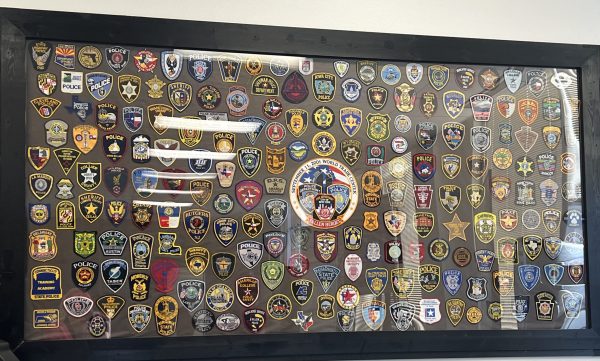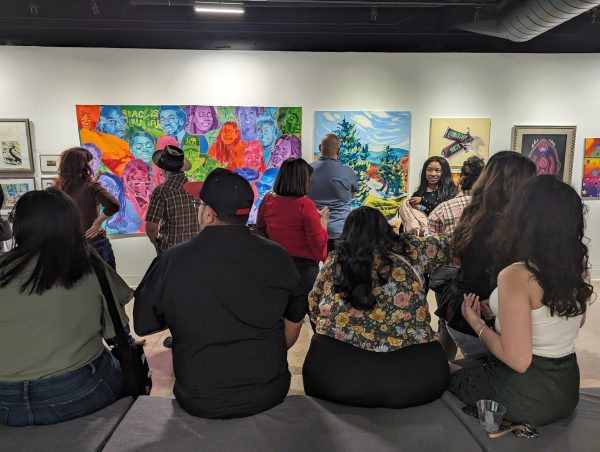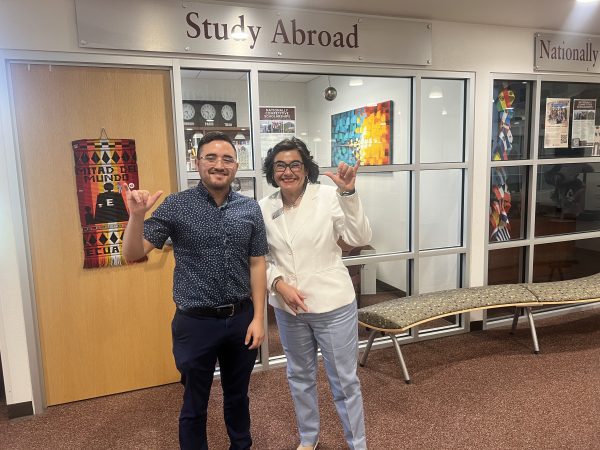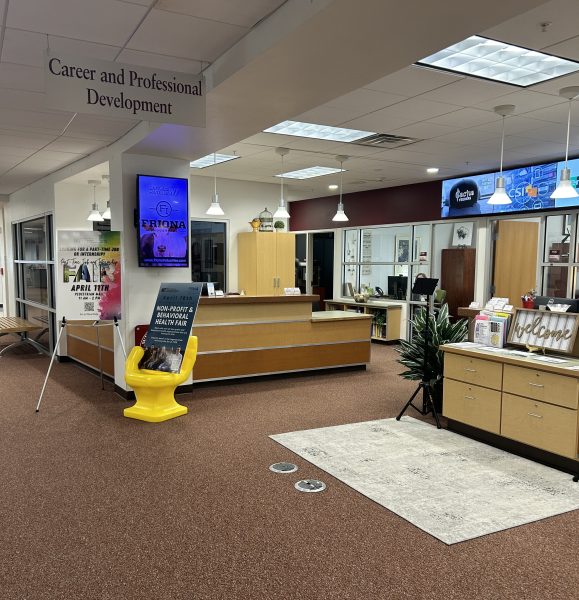Let’s talk about rape culture
Over the years, children have been taught how to protect themselves against people likely to do “bad things” to them. There is a misconception that only females can be raped. The truth is, males can be raped too. However, females are more likely than males to be victims of rape.
Rape Prevention Education defines rape culture as a culture that exists in a society or environment in which “common social beliefs, attitudes and morals normalize sexual violence, encourage people to associate sex with violence and minimize the seriousness of sexual violence.” Rape culture justifies sexual violence and does not challenge it enough.
Statistics from the National Sexual Violence Resource Center state that one in five women in the U.S. have experienced complete or attempted rape during their lifetime. Nearly a quarter of men in the U.S. have experienced some form of sexual violence in their lifetime. One in three female victims of rape experienced it for the first time between the ages of 11 and 17. Also, one in four males of completed or attempted rape first experienced it between ages 11 and 17. An estimated 734,630 people in the U.S. were raped or threatened of rape in 2018.
It is never the victim’s responsibility to avoid rape. Focus for Health identifies certain rape myths that take centerstage in rape culture. Prevalent among such myths is that rapists are abnormal, rape is a sexual act resulting from sexual urges, most rapes occur between strangers, most rapists are African American and their victims Caucasians, the way a woman dresses is likely to get her raped and rape is a universal problem.
The media’s message about survivors of rape is biased and unsentimental towards the ordeal these survivors have endured. Empathy aside, a reportage that highlights sexual abuse should not pick sides. Victim blaming does not make the problem go away. Instead, perpetrators are only given more ammunition to feel entitled to another person’s body.
The role of the media is to prioritize what to say and how to say it. Appropriate reportage on sexual assault includes knowing that the right use of words and narratives also matter. Social media platforms can also do due diligence by flagging posts that encourage rape or victim-blame. Algorithms can also be used to filter out words that are likely to inflame rape culture.
If you are wondering how you can help curb this menace, here is how. When someone tells you they’ve been raped, believe them and be supportive. Do not trivialize rape through jokes because it is offensive. Always verbally communicate with all sexual partners and never assume consent. This includes insisting on the use of safe words. Do not use language that objectifies or degrades women. Also, educating children, friends, parents and peers about the myths and realities of rape culture does a lot of good.
If you are a member of the West Texas A&M University community, there are a number of resources to support victims on campus. Sexual harrasment and assault can be reported to the Title IX office. Individuals wanting to report an incident confidentially should speak with on-campus mental health counselors in the Student Counseling Services, campus health service providers in the Student Medical Services, WT’s Employee Assistance Program provider or off-campus resources.
If you need emergency assistance, do not hesitate to contact the University Police Department or call 911.
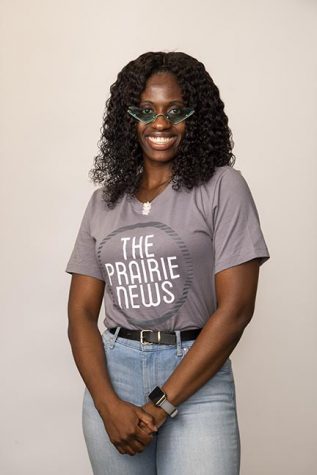
Jennifer Tuttor is a strategic communication major at WTAMU. Jennifer is passionate about women and children’s advocacy, not forgetting general human...




